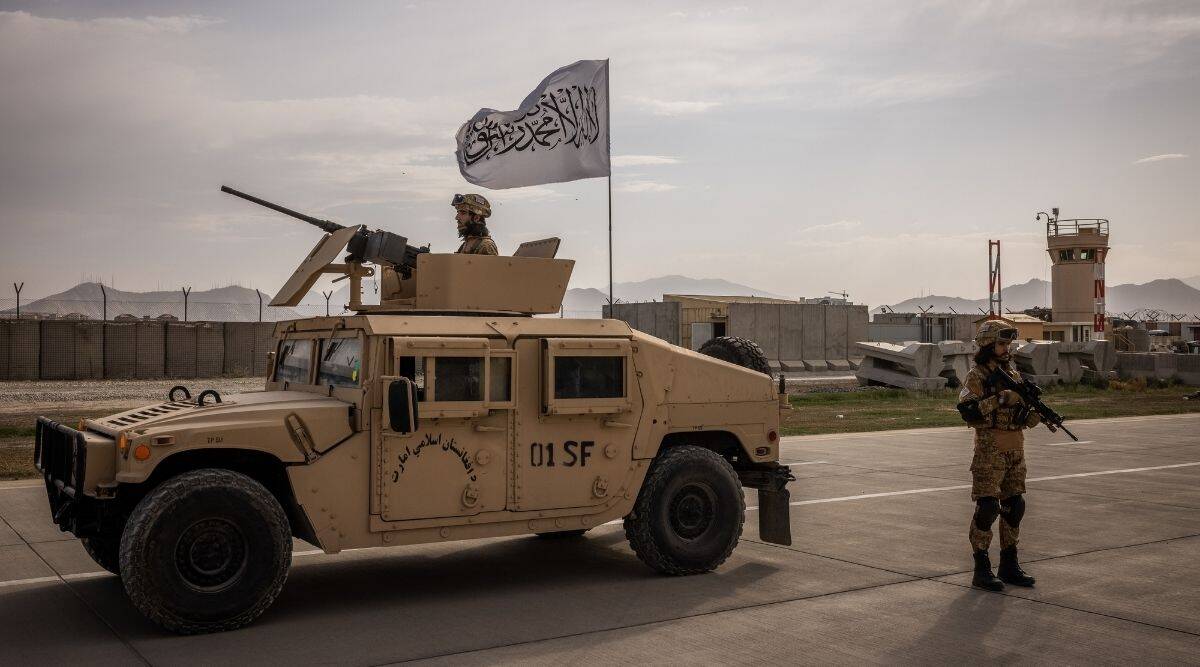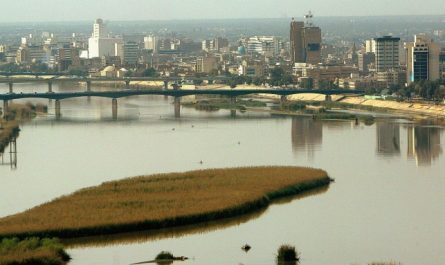Concerns are developing at the expanded limitations the Taliban government has set on the news media in Afghanistan, after authorities gave another structure of decides for columnists that pundits say open the entryway for control and constraint.
Qari Muhammad Yousuf Ahmadi, interval overseer of the Government Media and Information Center and a long-lasting Taliban representative, divulged 11 principles for writers this week. They incorporate mandates against distributing points that are in struggle with Islam or offending to public characters, and furthermore train columnists to deliver news reports as a team with the public authority media office.
The once-energetic media industry in Afghanistan has been in free fall since the Taliban held onto control a month ago. Numerous Afghan columnists escaped the nation, dreading constraint and viciousness from the new rulers, while handfuls more have self-isolated are as yet searching an exit from Afghanistan.
In excess of 100 nearby media organizations and radio broadcasts around the nation have quit working, having been shut down, taken over by the Taliban or constrained bankrupt for absence of financing, as per neighborhood media. The absolute most noticeable papers have needed to stop print tasks and presently distribute just on the web, in the midst of the country’s sharp monetary slump.
A U.S.- based press opportunity association, the Committee to Protect Journalists, has been centered around the crisis reaction to help Afghan correspondents and to follow brutality against writers by the Taliban.
“Columnists are recently scared,” said Steven Butler, who deals with the association’s Asia program. He said the association had been getting many messages from columnists requesting help.
Toward the beginning of September in Kabul, the Taliban gathered together scores of demonstrators and writers covering showings against the new government, exposing them to maltreatment in packed correctional facilities, as per columnists who were available. Photographs showed the backs of two kept journalists covered with injuries and slashes from being whipped with links, provoking a global objection.
In excess of twelve Afghan columnists and media laborers met by The New York Times recently portrayed living with a feeling of dread and self-control — while attempting to convey news in spite of the Taliban delivering little data.
The new principles reported by the Taliban have done little to quiet the anxiety of individuals from the media and promoters for writers.
Another press opportunity association, Reporters Without Borders, called the principles “spine-chilling” in an assertion Thursday, and cautioned that albeit some of them — like calls for truth and equilibrium — might appear to be sensible, in general the standards were “incredibly perilous in light of the fact that they open the best approach to control and oppression.”
In its assertion, the gathering noticed that while a few statements were like the phrasing in Afghanistan’s public media law, the Taliban had dropped any notice of adjusting with global guidelines and press opportunity shows.
The Taliban didn’t react to a solicitation for input.
A portion of the guidelines could be utilized coercively, Christophe Deloire, secretary-general of Reporters Without Borders, said in the assertion. “They bode sick for the fate of editorial freedom and pluralism in Afghanistan.”



